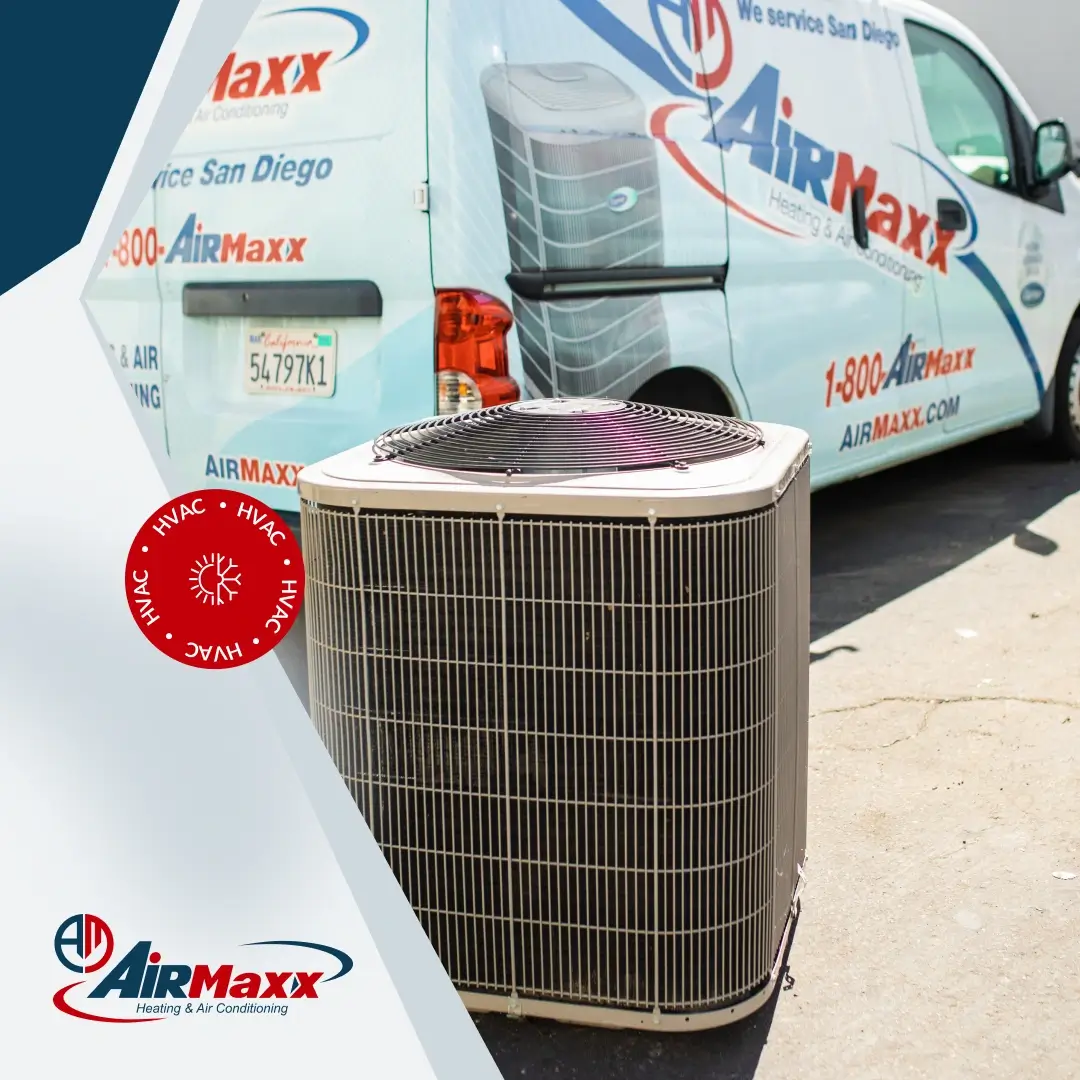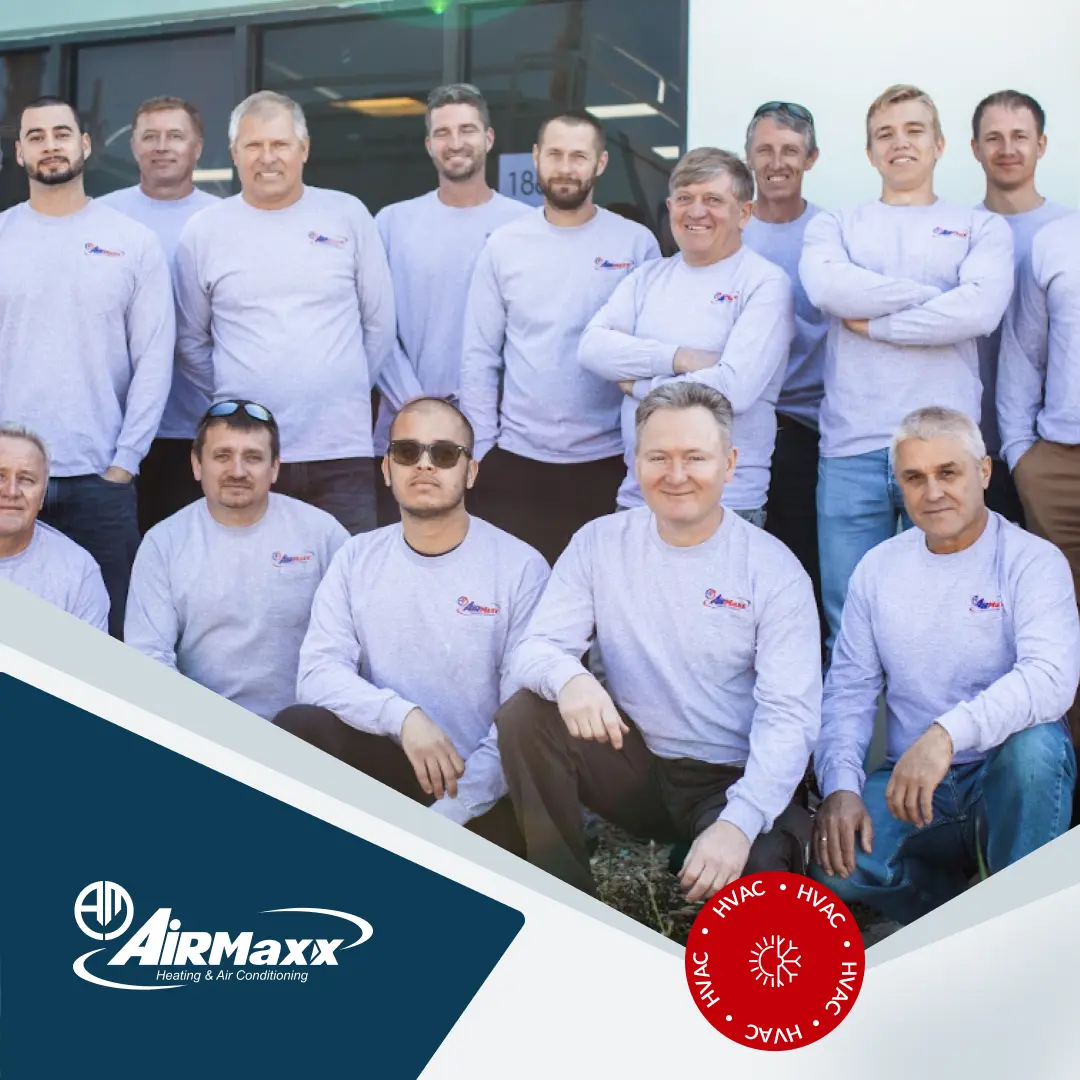Upgrade Your HVAC System Before 2025: Avoid up to 20% Price Increase with the R-454B Transition
If you’re a homeowner planning to install or upgrade your HVAC system, you may have heard about R-454B, a new refrigerant set to replace the widely used R-410A. While R-454B offers environmental benefits, it also comes with financial implications, most notably an expected increase in installation costs of up to 20%. Let’s take a closer look at what R-454B is, why it’s being introduced, and how this transition will impact homeowners.
What Is R-454B, and Why the Change?
R-454B is a next-generation refrigerant designed to have a much lower Global Warming Potential (GWP) than R410A. The Environmental Protection Agency (EPA), along with global regulatory bodies, is pushing for the adoption of refrigerants with lower GWP to combat climate change and protect the ozone layer. Beginning in 2025, HVAC manufacturers will only produce systems compatible with R-454B and other similar refrigerants.
This shift is driven by international environmental agreements like the Kigali Amendment to the Montreal Protocol, which targets the reduction of hydrofluorocarbon (HFC) emissions. As a hydrofluoroolefin (HFO), R-454B is significantly less harmful to the environment compared to HFCs like R-410A, aligning with the global push for cleaner, more sustainable technologies.
How Will R-454B Impact Homeowners?
The transition to R-454B will affect homeowners in several key ways, particularly regarding costs and system upgrades.
-
Higher Installation Costs
One of the most immediate effects of the shift to R-454B is the anticipated increase in HVAC installation costs. Experts estimate a price rise of around 20%, due to several factors:
- New Equipment: HVAC units using R-454B are incompatible with older R410A units. Homeowners will need entirely new systems rather than retrofits, which increases production and installation costs.
- Additional Equipment: Due to safety regulations, R-454B systems will require additional safety measures, including a dissipation system, which involves new parts.
-
Potential Long-Term Savings
While the upfront costs for R-454B systems may be higher, these new units tend to be more energy-efficient. Over time, this can lead to lower energy bills as your HVAC system uses less electricity to cool or heat your home. Additionally, R-454B systems are typically more durable and may require fewer repairs, which could translate into long-term savings.
-
Environmental Benefits
For homeowners who prioritize environmental sustainability, R454B offers clear advantages. With a GWP that’s 78% lower than R-410A, R-454B systems will contribute significantly less to global warming. Opting for an R-454B-compatible system also ensures that your home will meet future regulatory standards, making it a more sustainable and future-proof choice.
Already have an R-410A System?
If you currently have an R-410A system, there’s no need to worry—R-410A refrigerant will continue to be sold and produced through 2030, so it will remain available for servicing and repairs. Parts and equipment for R-410A systems will also be accessible, allowing you to maintain and repair your existing system without any immediate concerns. However, as the industry transitions to R-454B, the cost of R-410A refrigerant and parts may rise over time due to reduced production and supply.
After 2030, the availability of R-410A will become more limited, with supply likely coming from salvaged refrigerant from older systems. If you’re considering a new system installation, now is a great time to act, lock in current pricing, and avoid potential future cost increases.
What Should Homeowners Do?
If you’re planning to upgrade your HVAC system soon, it’s important to weigh the timing of your decision carefully. Here are a few steps to consider:
- Consider Your Timing: Although R-454B won’t be required until 2025, homeowners still have the option to install an R410A system before the change. This could offer savings on upfront costs.
- Choose a Trusted HVAC Provider: Because R-454B requires specialized knowledge, it’s important to work with an experienced HVAC provider who is familiar with the latest industry standards. A reputable contractor will guide you through the transition, helping you select the best system for your home and budget.
The introduction of R-454B marks a significant shift in the HVAC industry, with installation costs expected to rise by up to 20% as the refrigerant becomes the new standard. By understanding the implications of this change, you can make informed decisions when upgrading your HVAC system, ensuring that you choose the best solution for your home’s needs both now and in the future.



